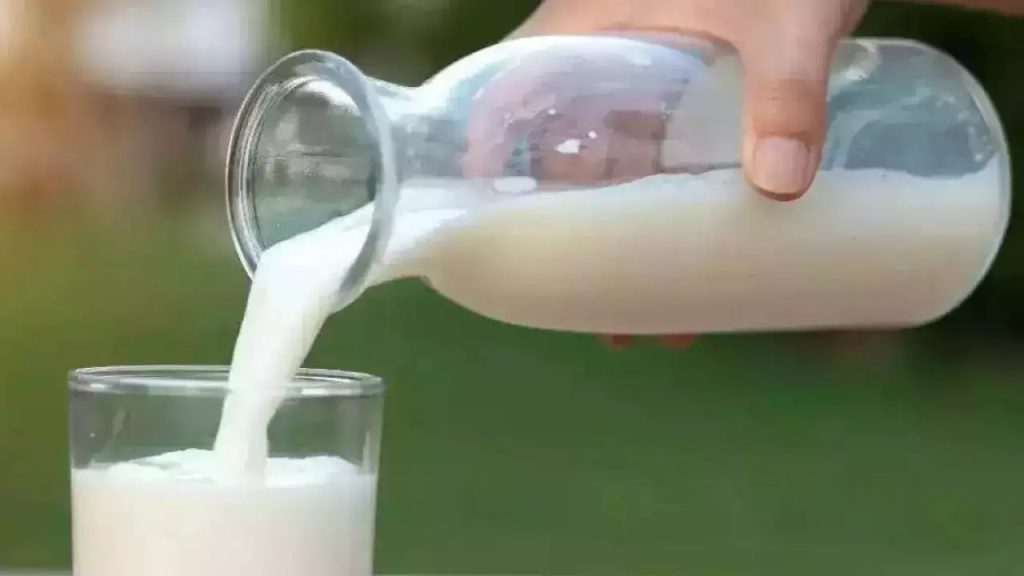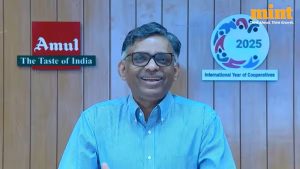
Aavin is set to increase its milk supply in the city and introduce three new varieties herbal, ashwagandha and sukku malli coffee.
This expansion follows the successful achievement of a 15 lakh litres a day supply target, part of a broader plan to boost sales by 20% in the metropolitan area.
Last year, TN Cooperative Milk Producers’ Federation (TNCMPF), the producer of Aavin milk and other dairy products, set an ambitious goal to boost sales by 20%.
This effort has successfully led to a gradual increase, reaching a supply of 15 lakh litres a day, said dairy development minister Mano Thangaraj.
“We are shifting focus from procurement to enhancing sales and marketing strategies. Training programmes are underway to equip the marketing teams with the skills needed to identify potential areas for increasing the number of wholesale dealers and retailers,” he said.
Responding to customer feedback, Aavin will soon introduce new products, including herbal milk and sukku malli coffee, aimed at widening its customer base. The federation also plans to expand the sale of its milk products to Amudham and ration stores across Tamil Nadu, Thangaraj told reporters on Wednesday.
To address concerns about potential milk shortages during monsoon, Thangaraj said Aavin was well-prepared, having successfully managed similar challenges last year. Currently, TNCMPF is procuring 36-37 lakh litres of milk daily, marking a 10-lakh litre increase compared to last year.
Thangaraj also launched four welfare schemes for the dairy sector, including the distribution of stainless-steel milk cans, milk measuring instruments, and milk processing equipment valued at 1,25,000 through district cooperative milk producers’ unions.
Further initiatives include distribution of fodder seeds, supply of nutritional tonic for dairy animals, and traditional veterinary training for 3,000 field workers. Certificates were also presented to field workers who completed the traditional veterinary training programme.
You can now read the most important #news on #eDairyNews #Whatsapp channels!!!
🇮🇳 eDairy News ÍNDIA: https://whatsapp.com/channel/0029VaPidCcGpLHImBQk6x1F

















